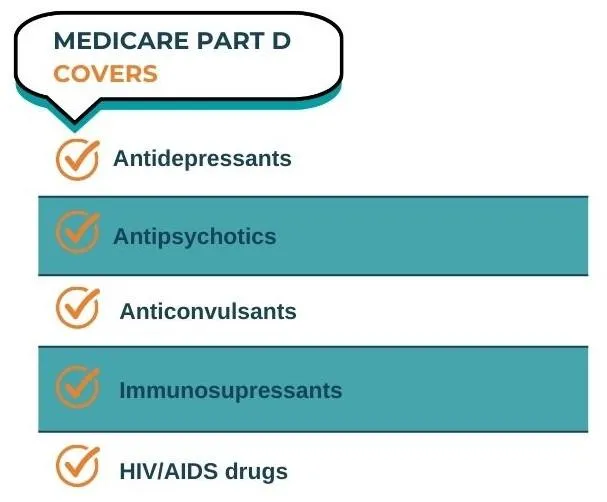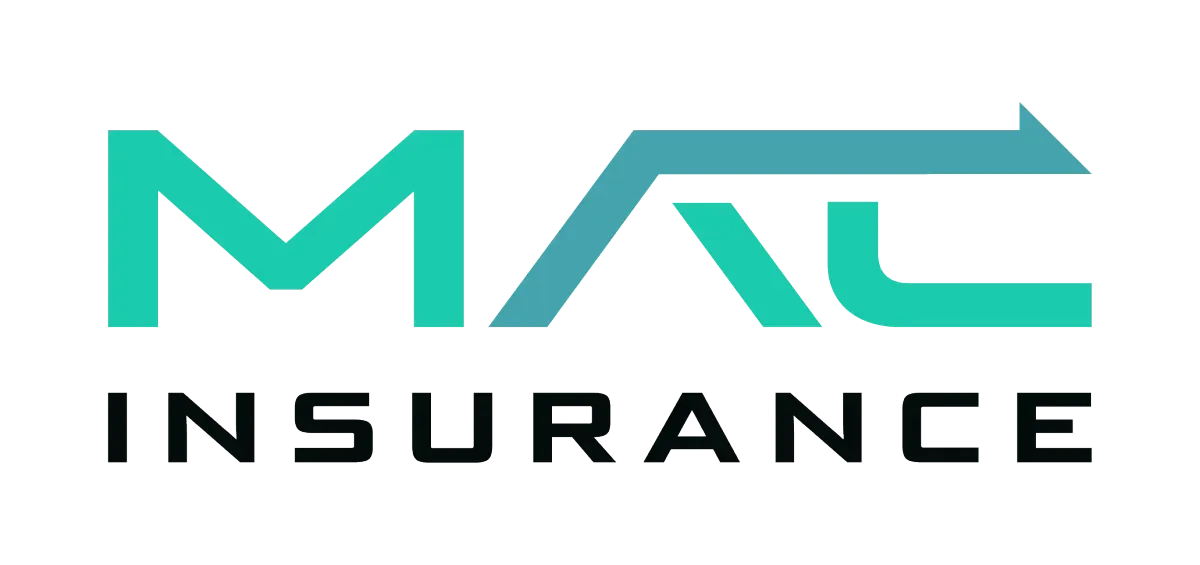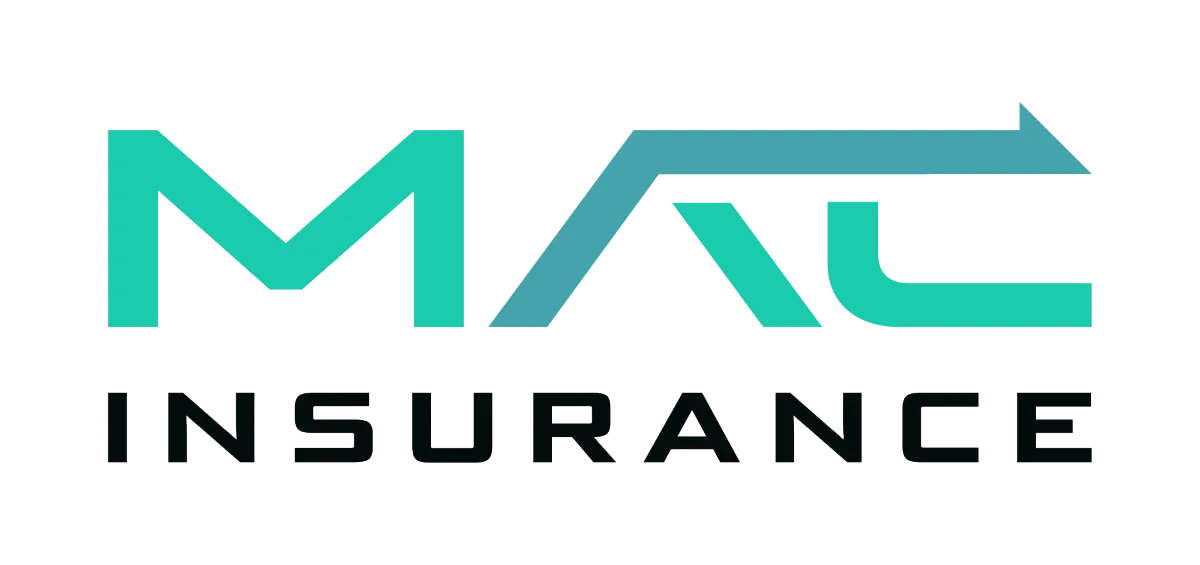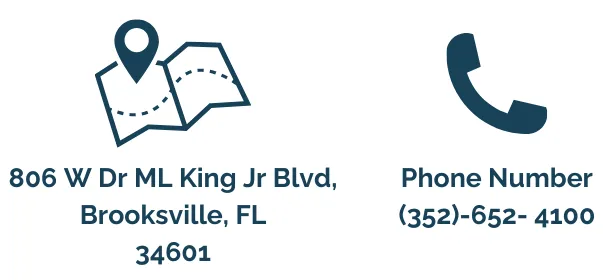What Medicare Part D Covers
Medicare Part D helps pay for prescription drugs through private insurance plans. Instead of paying full price, you pay a copay (a smaller set amount). There are also important rules and costs to know, and MAC Insurance can help you understand them.
Coverage Phases
The copay for prescription drugs depends on the coverage phase a person is in. Those with lower-cost medications will progress through the phases more slowly than those with higher-cost medications.
Medicare Part D has four coverage phases.
DEDUCTIBLE
The first stage of a Part D plan is the deductible phase. This means you must pay a set amount before your plan starts covering your prescriptions.
Many common generic drugs (tier one) are not affected by the deductible.
If your plan has a deductible, you need to pay that amount first before insurance helps with the cost. The maximum deductible allowed is $445.
INITIAL COVERAGE
The second phase of a Part D plan is the initial coverage phase. Once you’ve paid your deductible, your plan starts helping with the cost of your prescriptions.
You’ll still have to pay copays or coinsurance, but at a lower price. How long you stay in this phase depends on your medication costs. This phase ends when the total cost of your medications (including what you and your plan have paid) reaches $4,130.
THE COVERAGE GAP
Lorem ipsum dolor sit amet, consectetur adipisicing elit. Autem dolore, alias, numquam enim ab voluptate id quam harum ducimus cupiditate similique quisquam et deserunt, recusandae.


What Drugs Are Not Covered by Part D?
Some prescriptions are covered under Part B of Original Medicare. If your doctor needs to administer the medication or if it's an intravenous drug, it's typically covered under Part B instead of Part D.
Additionally, Part D does not cover over-the-counter (OTC) medications like ibuprofen, Tylenol, or cough syrup. Other drugs not covered by Part D include:
● Weight loss or weight gain medications
● Fertility medication
● Erectile dysfunction medications
● Hair loss prevention drugs
● Other cosmetic medications
However, coverage for some of these may vary by plan, though it is not the standard.
If you need a prescription that’s not covered by your plan, you might be able to request an exception. Your doctor would need to fill out a form explaining why the medication is necessary and why other treatments are not suitable. Exceptions can also be made if your doctor recommends a higher-tier drug instead of a lower-tier alternative. While these exceptions are not guaranteed, it's worth trying.
Many plans also use step therapy, which will be indicated on the drug formulary. Step therapy requires you to try less expensive medications before the one your doctor prescribed is approved. This process is designed to help keep costs down for both you and the insurance provider.
If you've exhausted all options for getting a prescription covered by your plan without success, you may want to consider prescription discount programs or drug savings programs. These programs are often free to use and can provide substantial savings. Popular options include GoodRx, Cost Plus Drugs, Blink Health, SingleCare, and Optum Perks, along with discounts from your local pharmacy. You may even choose to use these programs instead of your Part D plan if they offer better coverage or savings.
A Word on Generic Medications
One of the best ways to manage your prescription costs is by opting for generic medications whenever possible. Choosing generics can lower your coinsurance amount and help extend your coverage before reaching the Medicare donut hole.
According to the Food and Drug Administration (FDA), generic drugs must be identical to their brand-name counterparts in terms of dosage, safety, strength, quality, administration method, performance, and intended use. They must contain the same active ingredients and work in the same way as the brand-name version.
While not all brand-name medications have generic alternatives, there may be a similar generic option available. It's a good idea to discuss with your doctor or healthcare provider whether switching to a generic could help you save on prescription costs.
Medicare Part D Deductible
Each Part D plan has its own deductible set by the insurance company. In many cases, the deductible only applies to higher-tier drugs (tier two and above).
Common generic drugs, usually in tier one, often don’t count toward the deductible. But this can vary by plan, so it’s important to check which of your medications require the deductible to be met.
A Note About Generic Medications
The easiest way to save on prescription costs is to use generic medications when possible. They cost less and help you avoid reaching the Medicare donut hole too quickly.
The FDA says generic drugs must be just as safe and effective as name-brand ones. They have the same active ingredients, strength, and quality, and they work the same way.
Not every name-brand drug has a generic version, but there may be a similar option. Ask your doctor if switching to a generic can help you save money.
Part D Formulary Changes
It's important to understand that drugs can be added or removed from formularies at any time. However, your insurance carrier must inform you in advance of any upcoming changes.
Plans are prohibited from altering covered drugs or changing prices between the start of the Annual Election Period (AEP) and 60 days after coverage begins. The only exceptions are if the Food and Drug Administration determines a drug is unsafe or if the manufacturer stops producing it.
The manufacturer is required to notify you of any drug removals, tier changes, the reasons for the changes, alternative medications, cost-sharing adjustments, and any exceptions.
Plan Annual Notice of Change (ANOC)
Every year at the end of September, all Part D members receive an Annual Notice of Change (ANOC).
This notice explains any changes to the plan for the next year, such as updates to the premium, deductible, and coverage. These changes take effect on January 1. If you don’t choose a new plan, you’ll stay on your current one with the new changes.
If you’re unhappy with the changes, you can switch to a different plan during the Annual Enrollment Period (AEP), which runs from October 15 to December 7. Any changes you make will start on January 1.
Medicare Part D
Assistance with
MEDICARE PART D ENROLLMENT
There’s a lot to consider when selecting a Part D plan, but you don’t have to navigate it alone! Our agents will compare plans from multiple carriers to help you find the best coverage at the best price.
Once you’ve chosen a plan, enrolling is easy. We’ll handle the paperwork, help you set up your premium payments, and submit the application for you. Keep in mind, it’s important to review your coverage each year, as plans may update their benefits and costs.
📩 Contact us today and let us represent you for FREE!
We are not connected with or endorsed by the United States government or the federal Medicare program. We do not offer every plan available in your area, and any information we provide is limited to those plans we do offer in your area. Please get in touch with Medicare.gov or 1-800-MEDICARE to get information on all your options.
Copyright © 2025 MAC Insurance. All rights reserved.








